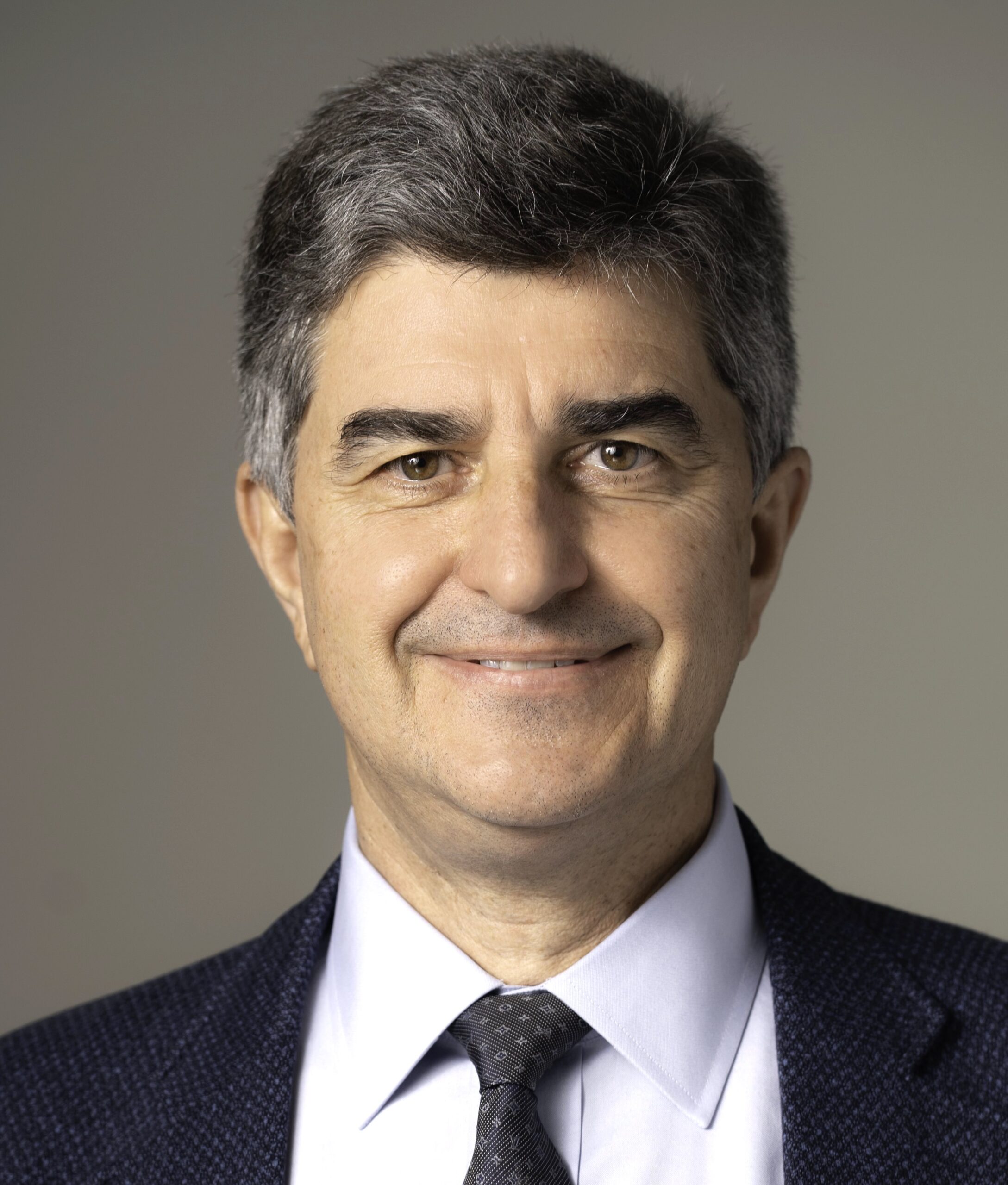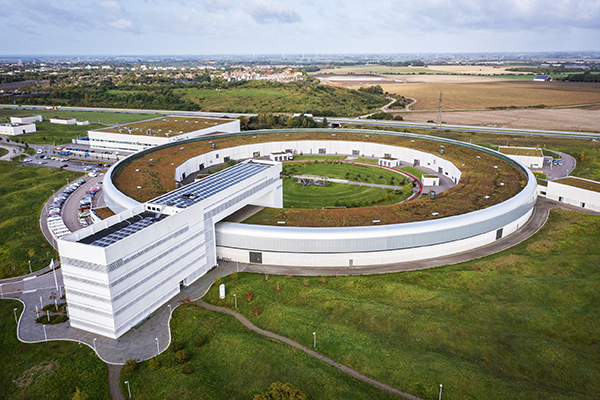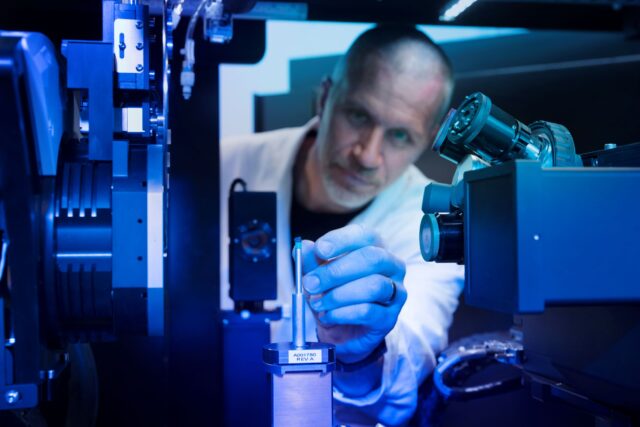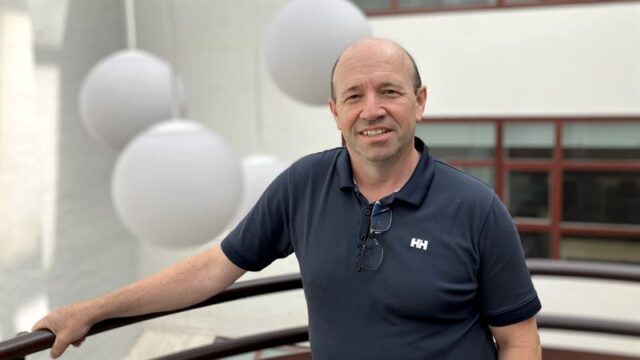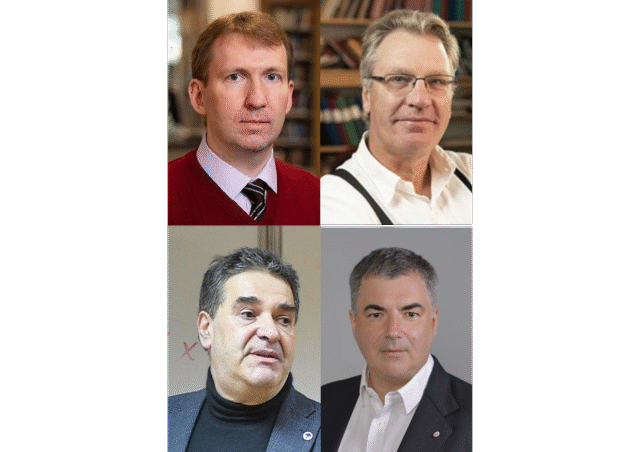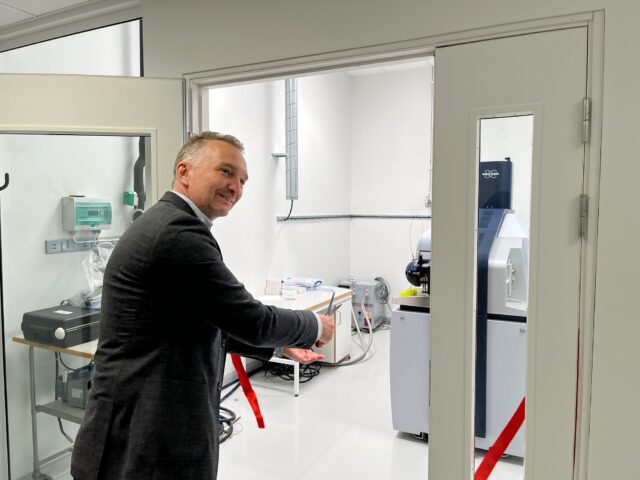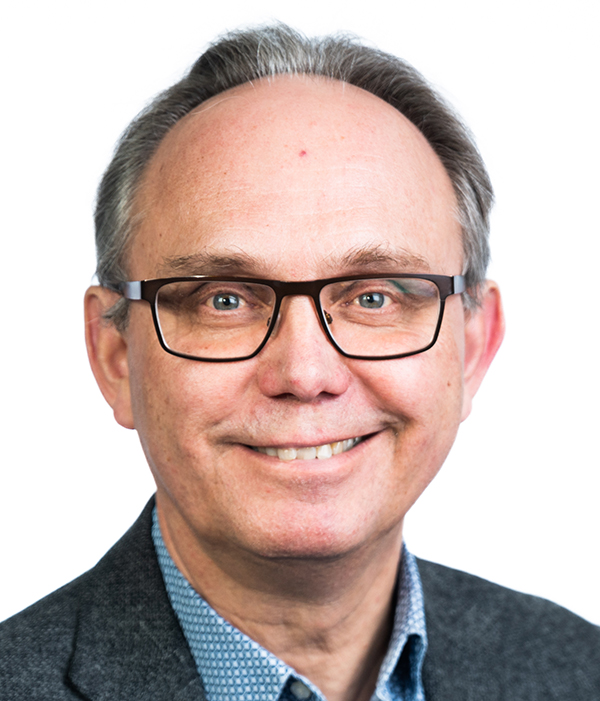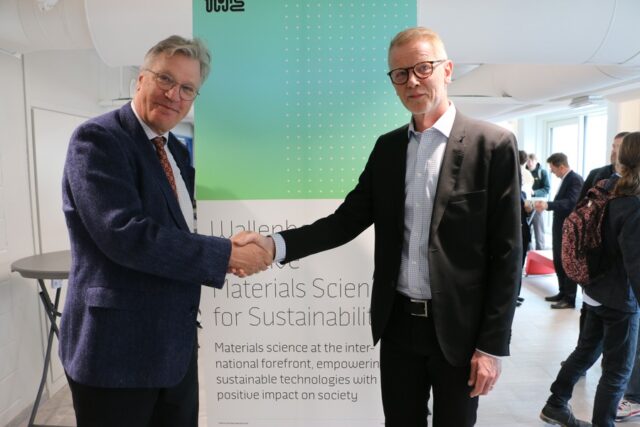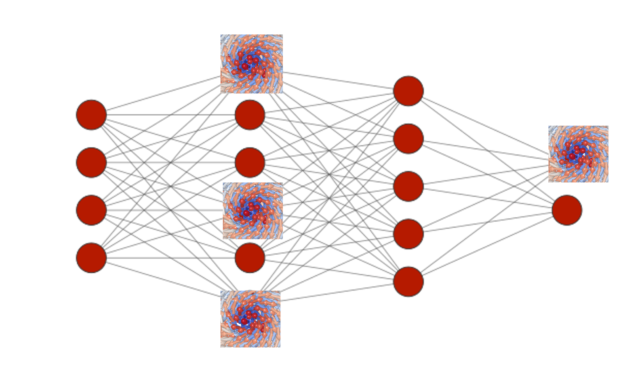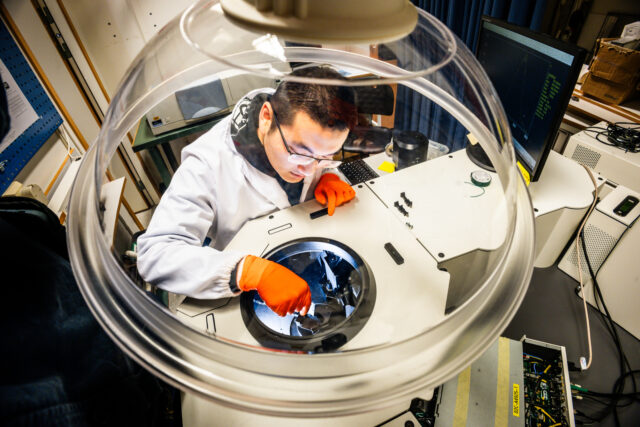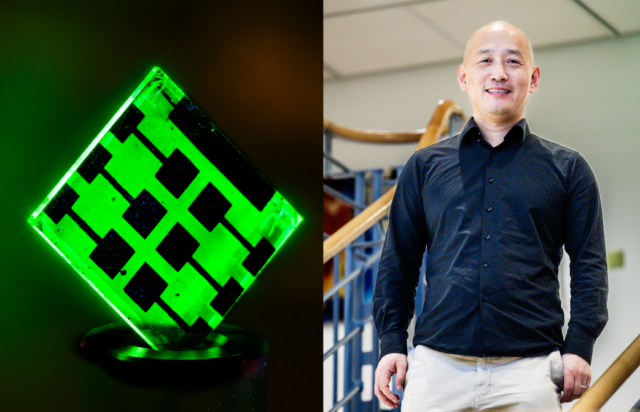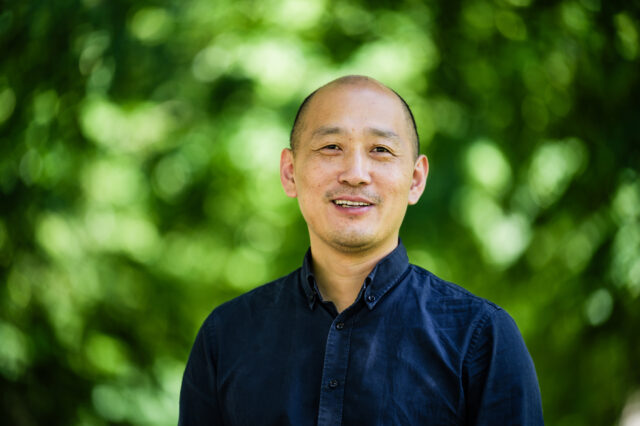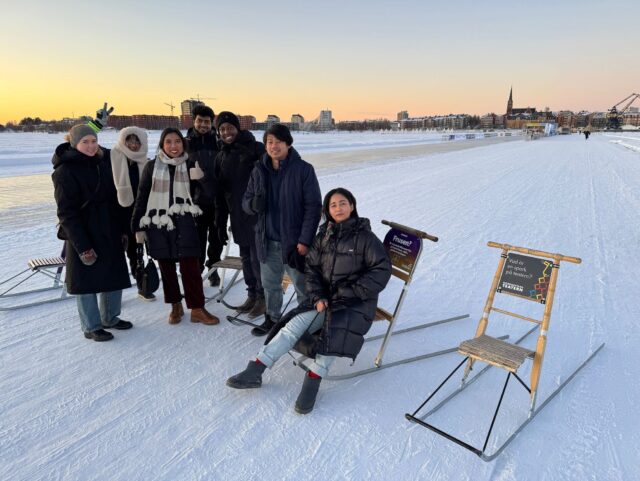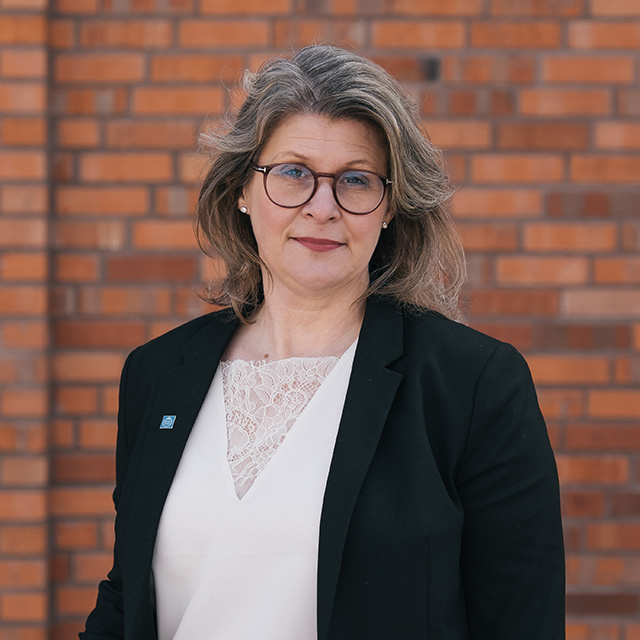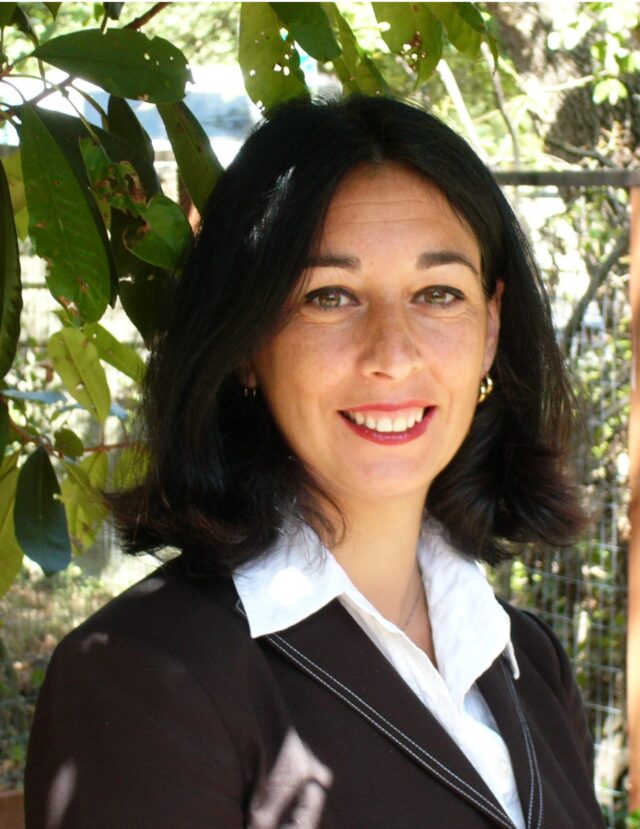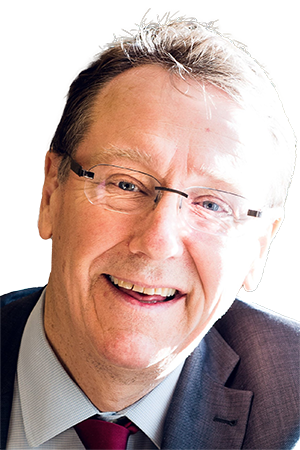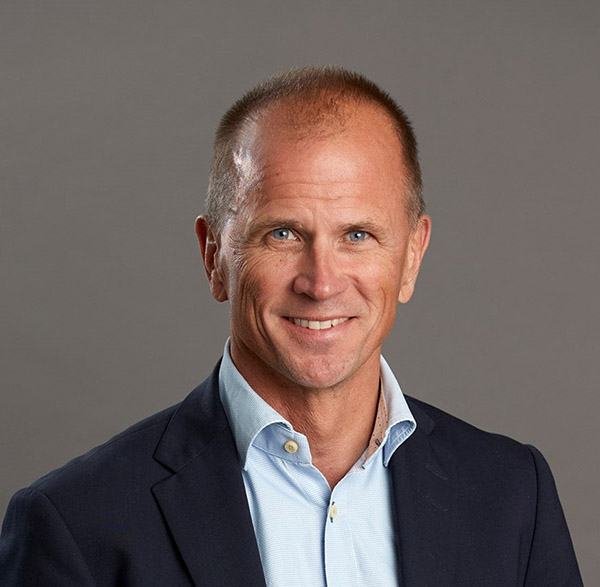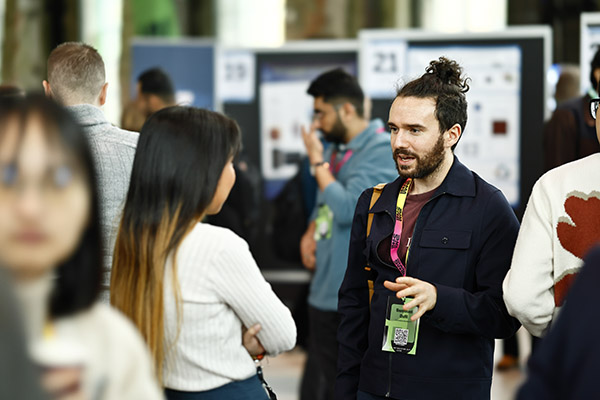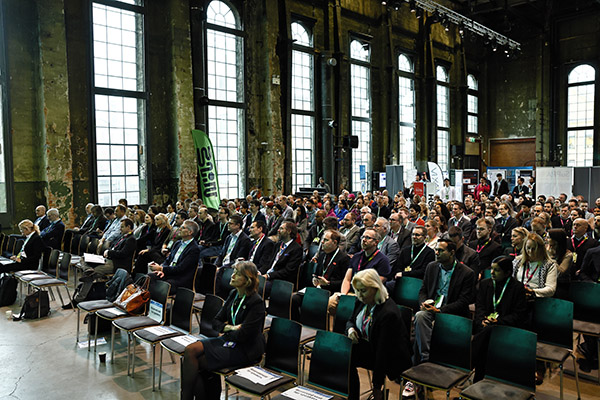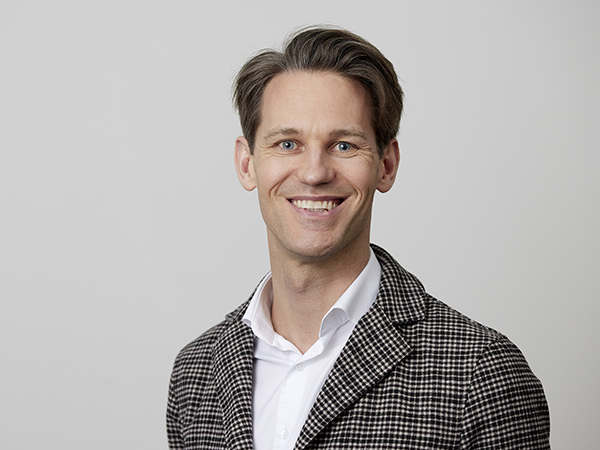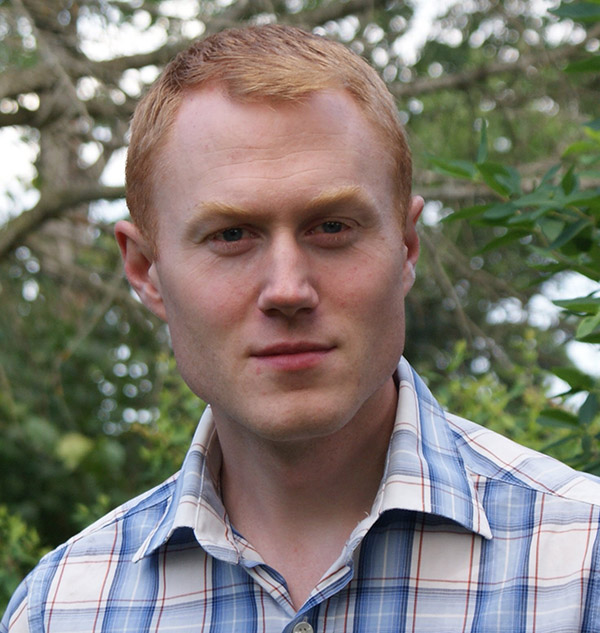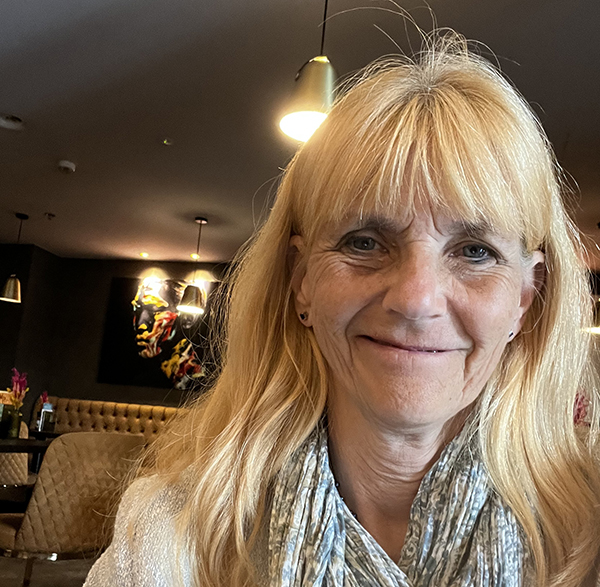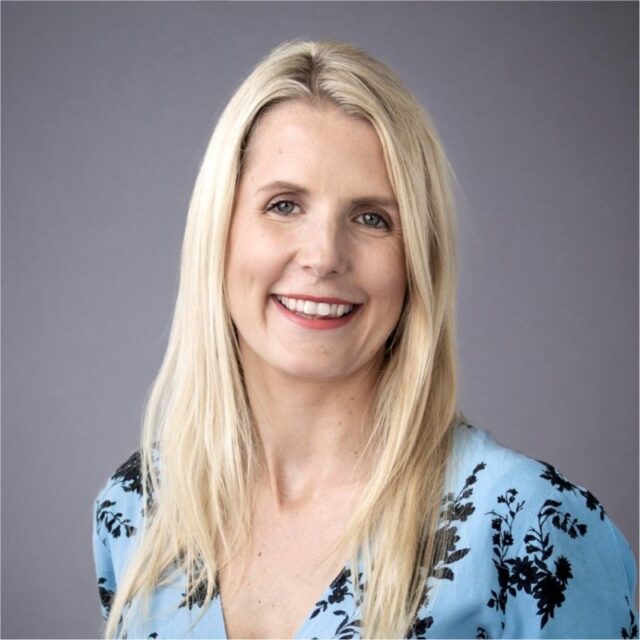Yury Gogotsi is a Distinguished University Professor and Charles T. and Ruth M. Bach Endowed Chair in the Department of Materials Science and Engineering at Drexel University, Philadelphia, USA. He also serves as Director of the A.J. Drexel Nanomaterials Institute.
He has received numerous awards for his research including the Ceramic Prize from the World Academy of Ceramics, the Materials Research Society (MRS) Medal, the American Chemical Society (ACS) Award in the Chemistry of Materials, etc. He has been elected a Fellow of the National Academy of Inventors, the World Academy of Ceramics, the European Academy of Sciences, and many professional societies. He holds honorary doctorates from several European Universities.
When are you planning to visit Sweden?
-My next visit to Sweden is planned for the end of August 2023, when I will be attending the WISE Welcome meeting. I’ll visit again in mid-November 2023 to serve as an official opponent on a Ph.D. defense at Linköping University. A longer visit is planned for 2024.
Are there any research activities planned?
-We have already published a couple of joint papers with my colleagues at Linköping University, who are European leaders in research on MXenes -a large and quickly growing family of two-dimensional carbides and nitrides that we discovered with my colleagues and students at Drexel University more than a decade ago. I look forward to expanding our highly productive collaboration with the WISE team members and I envision organizing a workshop on MXenes in Sweden. I hope to get a chance to visit all 6 universities involved in the WISE program.
Can you tell us about your own research?
-My research is currently focused on Mxenes, which are nanometer-thin 2D flakes with extreme strength, high electrical conductivity, and the ability to strongly interact with electromagnetic waves across the entire spectrum, from ultraviolet and visible light to radio waves. MXenes can potentially be used in applications ranging from photonics to cancer treatment, to shielding electronics from electromagnetic noise and protecting people from harmful strong fields to printable antennas and flexible/wearable electronics. In my lab, we work on discovering new MXenes and MAX phase precursors, decreasing the cost and improving the safety of MXene synthesis (looking for more sustainable manufacturing processes), exploring properties of MXenes, and developing applications (usually, in collaboration with experts in specific fields). We look forward to new exciting discoveries coming from our collaboration with Swedish researchers!
Could you share your thoughts on the challenges materials science faces to promote a sustainable society?
-Materials manufacturing is a major source of environmental pollution (think of the mining and steel industry) and this is a major challenge for us. Materials we produce for our needs also create waste and pollution (think of packaging and microplastics), if they are not degradable and cannot be recycled. By developing nanomaterials and miniaturizing devices, we can decrease the total volume of manufactured materials. By replacing toxic elements (for example, cadmium and lead) with more benign ones, such as titanium and zinc, we can minimize the negative impact on humans and the environment. Recycling and environmental degradability will be increasingly important and should be considered when developing new materials for a sustainable society. Materials are not a cause of the problem – they are a solution.
